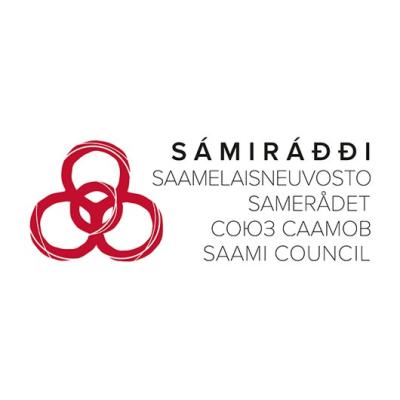Sweden
Indigenous Peoples' in Sápmi
Sápmi[1] is the Sámi people’s own name for their traditional territory. The Sámi people are the Indigenous people of the northern part of the Scandinavian Peninsula and large parts of the Kola Peninsula and they live in Sweden, Norway, Finland and Russia. There is no reliable information on the population of the Sámi people; they are, however, estimated to number between 50,000-100,000.
Around 20,000 live in Sweden, which is approximately 0.22% of Sweden’s total population of some nine million. The north-western part of the Swedish territory is the Sámi people’s traditional territory. The Sámi reindeer herders, small farmers, hunters, gatherers and fishers traditionally use these lands. Around 50-65,000 live in Norway, between 1.06% and 1.38% of the total Norwegian population of approximately 4.7 million. Around 8,000 live in Finland, which is approximately 0.16% of the total Finnish population of around five million. And some 2,000 live in Russia, which is a very small proportion of the total population of Russia.
Politically, the Sámi people are represented by three Sámi parliaments, one in Sweden, one in Norway and one in Finland, while on the Russian side they are organized into non-governmental organizations (NGOs). In 2000, the three Sámi parliaments established a joint council of representatives called the Sámi Parliamentary Council. The Sámi Parliamentary Council is not to be confused with the Sámi Council, which is a central Sámi NGO representing large national Sámi associations (NGOs) in all four countries. There are also other important Sámi institutions, both regional and local, inter alia, the Sámi University of Applied Sciences, which is a research and higher education institution dedicated to the Sámi society’s needs and where the Sámi language is mainly used throughout the academic system. Sweden, Norway and Finland voted in favour of the United Nations Declaration on the Rights
Contact

